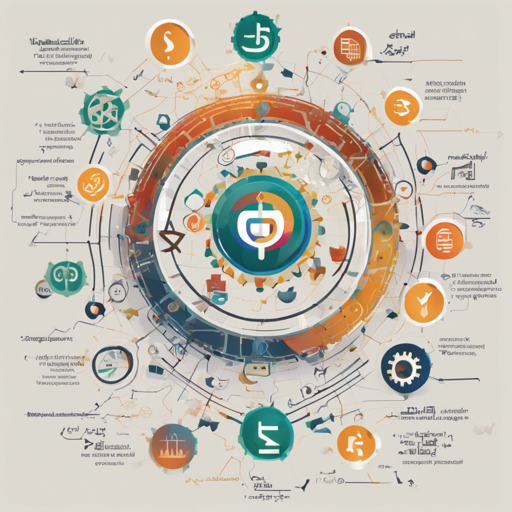Machine translation has grown by leaps and bounds over the years, providing invaluable tools for bridging language barriers. In this article, we’ll explore how to utilize the mT5-based model for translating Persian to English. Consider this guide your friendly roadmap to quick and efficient translation!
Getting Started with mT5
The mT5 architecture allows us to leverage state-of-the-art machine learning techniques to generate translations. Below are the steps to set up the model along with a code sample that demonstrates how to perform translations.
python
from transformers import MT5ForConditionalGeneration, MT5Tokenizer
model_size = "base"
model_name = "fpersiannlpmt5-model_size-parsinlu-opus-translation_fa_en"
tokenizer = MT5Tokenizer.from_pretrained(model_name)
model = MT5ForConditionalGeneration.from_pretrained(model_name)
def run_model(input_string, **generator_args):
input_ids = tokenizer.encode(input_string, return_tensors='pt')
res = model.generate(input_ids, **generator_args)
output = tokenizer.batch_decode(res, skip_special_tokens=True)
print(output)
return output
# Example usage
run_model("ستایش خدای را که پروردگار جهانیان است.")
run_model("در هاید پارک کرنر بر گلدانی ایستاده موعظه میکند؛")
run_model("وی از تمامی بلاگرها، سازمانها و افرادی که از وی پشتیبانی کردهاند، تشکر کرد.")
Code Breakdown: The Analogy of a Translator
Think of the mT5 model as a professional translator sitting at a desk, equipped with a dictionary of knowledge about both Persian and English.
- Getting the Right Tools: The translator opens up their toolkit. This is akin to initializing the tokenizer and model.
- Understanding the Input: Before translating, they read the input text and convert it into something they can process — much like the tokenizer encoding the input string.
- The Translation Process: After decoding the input into an intelligible format, the translator carefully processes the information to ensure fluency. This is analogous to the model generating the translation.
- Delivering the Result: Finally, they present the final translation, ensuring it’s clear and professional — the same way our code prints the translated output.
Example Translations
Here are some translations you can expect when using the model:
- Input: ستایش خدای را که پروردگار جهانیان است.
- Output: The praise of God, the Lord of the world.
- Input: در هاید پارک کرنر بر گلدانی ایستاده موعظه میکند؛
- Output: At the Hyde Park Corner, Carpenter is preaching on a vase;
- Input: وی از تمامی بلاگرها، سازمانها و افرادی که از وی پشتیبانی کردهاند، تشکر کرد.
- Output: He thanked all the bloggers, organizations, and people who had supported him.
Troubleshooting Tips
As with any technological endeavor, you may encounter a few bumps along the way. Here are some troubleshooting ideas to help you navigate:
- Ensure the Environment is Set Up: Make sure that you have installed the necessary libraries like
transformersby Hugging Face. - Check Your Inputs: Confirm that the text you are trying to translate respects encoding — any special characters or emojis may cause issues.
- Explore Model Outputs: If the output isn’t as expected, don’t hesitate to adjust
generator_argslike maximum length or beam size, which can optimize the translation.
For more insights, updates, or to collaborate on AI development projects, stay connected with fxis.ai.
Conclusion
By following these steps and understanding the analogy behind the mT5 model, you’re well on your way to harnessing its power for smooth Persian-English translations.
At fxis.ai, we believe that such advancements are crucial for the future of AI, as they enable more comprehensive and effective solutions. Our team is continually exploring new methodologies to push the envelope in artificial intelligence, ensuring that our clients benefit from the latest technological innovations.
Additional Resources
For further details on this model and its potential, visit this page: GitHub – Parsinlu.

